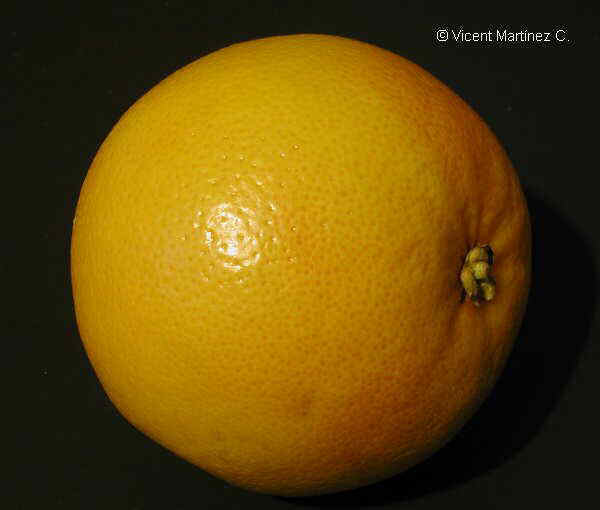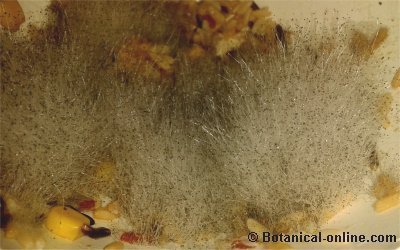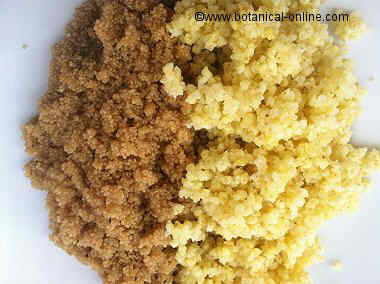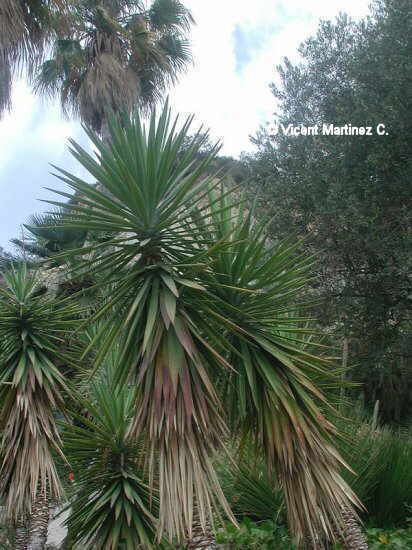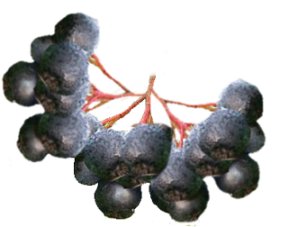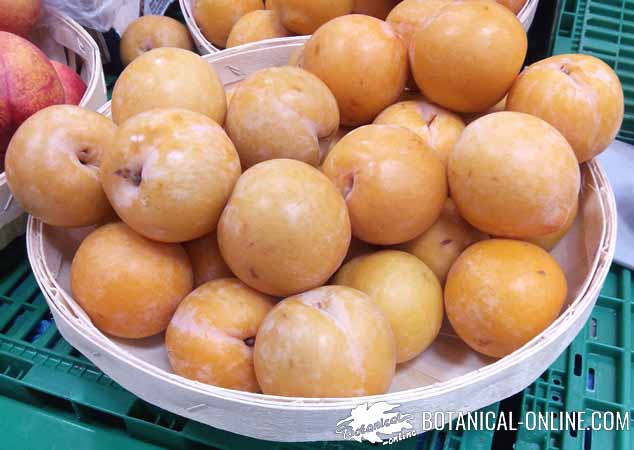Contents
What is transgenic soy?
Transgenic soybean or GMO is one that has been genetically modified by biotechnology or genetic engineering to achieve improvements in the quality of the final product.
Beyond the classic definition, the truth is that GM soya can increase the profitability of crops, especially profits to multinational companies, and often do so at the expense of environmental health.
The transgenics obtained are known as GMO by Gemantically Modified Organism.
What are the main transgenic plants or GMO?
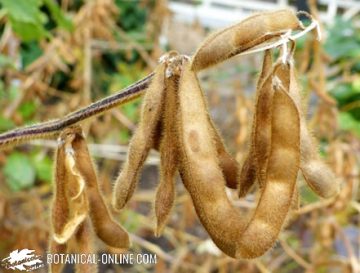
Soybean ranks first in terms of the number of transgenic crops worldwide (58% in 2000).
It is followed by corn (23%), cotton (12%) and rapeseed.
Are transgenics natural?
Genetic exchanges exist in nature since ancient times, but the genetic exchanges that have improved agriculture so far are not the same as the new GMO transgenic plants.
The new thing about transgenics is that these genetic modifications are made with genetic engineering, that is, by selecting genes in the laboratory. This allows to mix any plant with the genetic material of another vegetable, bacteria, fungus, virus or animal.
Therefore, what differentiates a normal soy from another transgenic is that, to produce GMO, sophisticated genetic engineering techniques are needed. With this technology you can mix the genes of a plant with those of other plants or genes between plants and animals, fungi or bacteria. Of course, due to the complexity of the genome, in this type of tests there are many more errors than successes.
What are the advantages of transgenic soy?
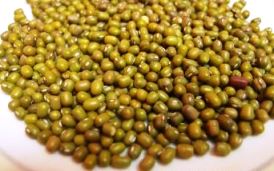
The possible advantages that are said of the transgenic soy, are the other side of the coin of its disadvantages:
- Benefits for the farmer: The farmer can use specific products for transgenic soybean crops that are very aggressive, with which many plants and insects die, except their soybeans, which are genetically resistant.
This allows to have a totally free crop of pests and weeds and therefore more economically profitable, at least in the short term (the phytosanitary products, in addition to being toxic for those who apply them, can pass to the ground, disperse through the air or seep into the waters and affect other plants, animals, populations or remain in the final product and bioaccumulate in the animals that are then consumed, or pass the babies through breast milk – all this depends on the compound studied). - Less use of agrochemicals: On the other hand, it is also true that this technology allows to create plants more resistant to certain insects and pests, with the consequent saving of products to eradicate them.
Everything depends on the seed you are talking about. The best case of success of this point, and the classic example, is the Bt corn, one of the first transgenic that was produced. It consisted of introducing the gene of a bacterium (Bacillus thuringiensis) so that the plant produces a toxic substance for the larvae of an insect that seriously harmed crops.
This discovery was the one that inspired the research of new transgenics. In the case of soybeans, it is not known if there is savings in phytosanitary products and if the impact of these is better for the environment than those used in non-GMO products. - Thanks to transgenic soy you can eat meat every day: The production of huge amounts of soybeans are used today for the production of nutritious and protein-rich feed, which allows good growth of the animals, necessary to meet the demand for meat . Sadly, this demand does not serve to solve world hunger, but usually responds to a recreational consumption, fast food type hamburgers.
- Crops resistant to hostile climates: This is really the main advantage or utility of transgenics. Genetic engineering could be a solution to produce plants adapted to the drought or the increase in the temperature of the planet (global warming). If the planet reached this point, the crops that would supply the world with food would be private and would be in the hands of 6 multinationals.
Why does the issue of transgenics generate so much confusion?
Many environmental groups warn of the great environmental impact of the current intensive crops of soybeans, which are destroying hectares of natural spaces on all continents and destroying the native biodiversity of these countries, which is devastating for the health of the planet.
In Europe, soybeans for human consumption are not transgenic unless indicated on the label. In other countries, better look for the ecological seal.
![]() More information on soy
More information on soy

